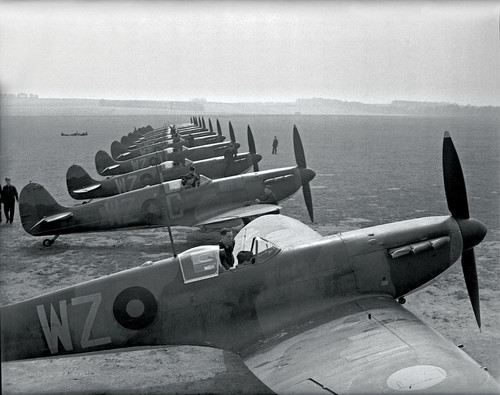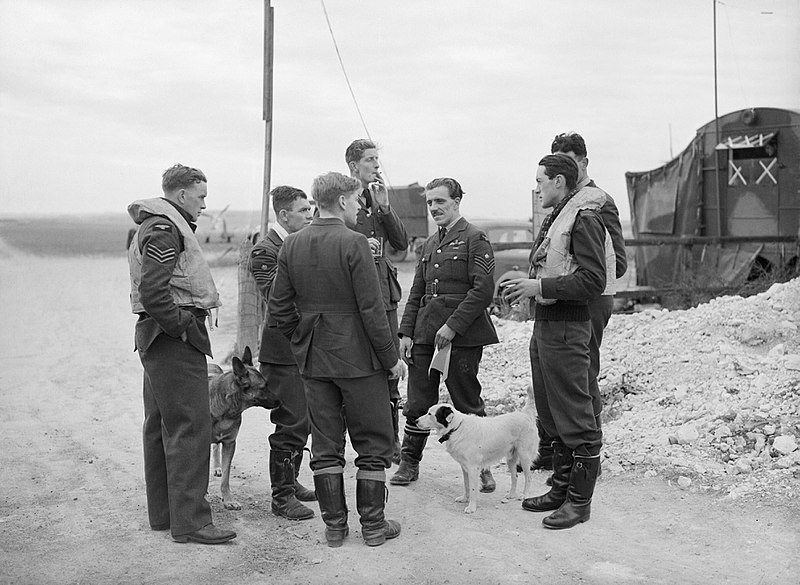On August 4, 1938, the operational history of the Spitfire began with Duxford’s No. 19 Squadron.
One of the most unforgettable icons of British history, the Supermarine Spitfire is a symbol of British success and hope. Its operational anniversary began on August 4 1938, when the aircraft came into service with the RAF at No. 19 Squadron, Duxford – one of the 15 Spitfire squadrons sent into battle at Dunkirk.

This squadron was the first in the RAF to operate the Supermarine Spitfire Mk.1 K9789, and subsequently, the squadron had 30 more cannon-armed Spitfires delivered – these being referred to as the Mk. 1Bs to differentiate from the older Browning-armed Mk. 1As. However, after their delivery in June, the squadron requested that an exchange was made for the older Mk. 1A aircraft. The Mk. 1Bs were found to be unreliable, mainly due to the drum-fed Hispano cannon in each wing. The cannon would often suffer stoppages; as a result, if one cannon seized, the recoil of the other threw the aircraft off- aim. Supermarine went on to modify the issues, perfecting a more reliable feed mechanism to the Hispanos, which would stop the magazine from seizing the cannon. As a result, the improved fighter aircraft were delivered to No. 19 Squadron by September 1940.

Stationed at Duxford, No. 19 Squadron was one of only 15 in the Royal Air Force to help defend the beaches of Dunkirk in May and June 1940. They flew their Spitfires from Duxford to Hornchurch on May 25, 1940, with the first wave of defence heading across the channel to France in the early hours of May 26. No. 19 Squadron’s first combat fatality in the Spitfire was Pilot Officer Watson, whose aircraft was shot down over Dunkirk on May 26, 1940. He was 20 years old. Despite this loss, the Spitfire’s major successes against the German Ju 87s in Dunkirk meant that it went on to achieve its legendary status during the Battle of Britain. No. 19 Squadron formed part of the Duxford Wing, No. 12 Group's 'Big Wing' formation. Although the Spitfire was outnumbered by Hurricanes throughout the battle, its higher performance gave it the edge and resulted in a higher victory-to-loss ratio. Soon, soldiers would be looking to the skies and breathing a sigh of relief when they saw the Spitfire approaching.
No. 19 Squadron ceased to be active on 24 November 2011, after a history that spanned almost 100 years. The last aircraft flown by the squadron was the BAE Hawk, showing the squadron’s advancement over the years. Despite no longer being in operation, No.19 will always be remembered as the first home of the legendary warbird that is the Supermarine Spitfire.
Picture credits: Key Publishing, Wikimedia Commons
